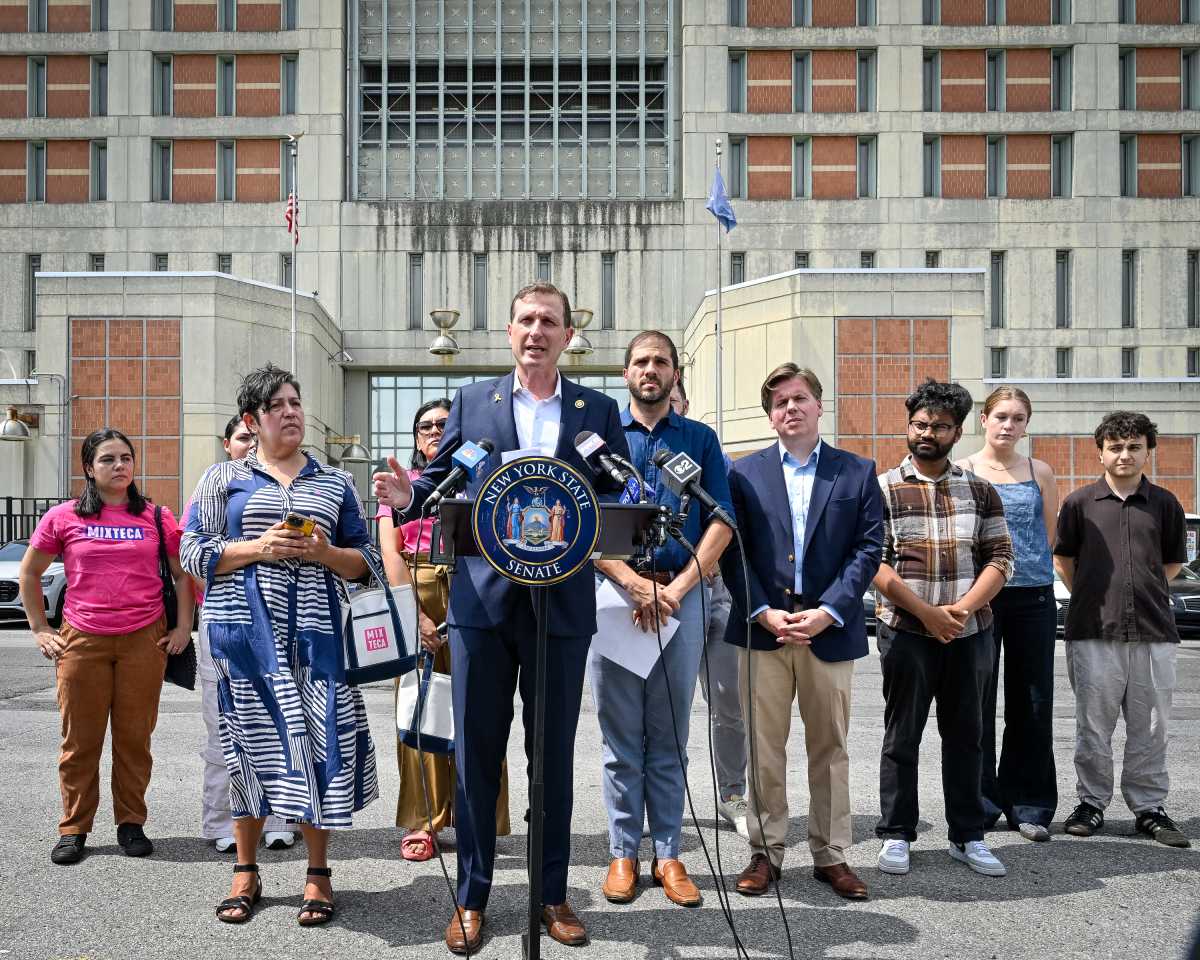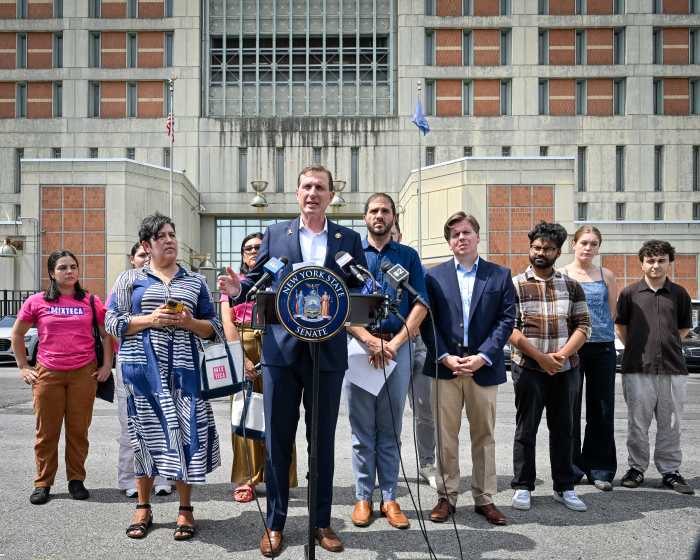
BY YANNIC RACK | If you’re the parent or guardian of a student who is starting middle school in New York City this week, there’s a good chance you spent some time last year worrying about your child’s reading score.
Competition for space in the city’s better public middle schools can be fierce, which is why community activist Tom Goodkind has spent the last 14 years compiling an annual ranking of the reading scores in schools across the five boroughs.
A longtime Battery Park City resident and Community Board 1 member, Goodkind said that it is important for parents to know how the local schools are doing on a key factor — the fourth grade English Language Arts (reading) test, which is used by middle schools to pick and choose their next crop of students.
So, on what he calls the Annual Goodkind Ranking of NYC Public Elementary Schools, he ranks the percentage of fourth graders who scored in the upper quadrants (either a 3 or a 4).
You’ll be glad to learn that all of Chelsea and Hell’s Kitchen’s elementary schools rank in the upper half of the 732 included in the ranking, although only one scored in the top 10 percent citywide.
PS11 William T. Harris (W. 21st St.) made it to rank 66 this year, with over 60 percent of students scoring in the third and fourth quadrant.
The biggest gain was made by PS33 Chelsea Prep (281 Ninth Ave.), however, which jumped up 42 ranks to place 82.
The other two schools in the area, PS51 Elias Howe (W. 44th St.) and PS111 Adolph S. Ochs, (W. 53rd St.) don’t usually fare quite as well, and this year placed at 300 and 362, respectively.
While three of the schools made gains this year, PS51 unfortunately stands out with a drop of 112 places.
Goodkind said minor fluctuations naturally occur from year to year, since no year of students is the same as the last.
“You could have a class of students who are particularly bright in one year, and in the next year the students are not quite as good,” he said.
He also noted that his ranking has become especially useful in the last three years, as the test has been updated to reflect Common Core standards.
“You can see in the citywide rankings that, if you look at the actual scores, there is a huge drop between 2012 and 2013. Everybody got lower because the test got harder,” he said.
So instead of just listing the test scores, which are still much lower overall than three years ago, the ranking focuses on the schools’ performances compared to each other.
But the scores don’t reflect the entire student body at a given school anyway, with more and more students opting out of the test.
For someone who spends roughly a day every year compiling the ranking, Goodkind is no fan of the state-mandated Common Core standardized tests in math and English Language Arts. This year, a whopping 20 percent of students in New York State didn’t take the tests, far more than the previous year.
“I hate this test. I wish it would go away,” he said, adding that he would like to see zoned local middle schools instead.
“New York right now, for public school students, because of the way it’s structured, is clearly punishing. Why should anyone in the five boroughs be forced to go out of their familiar area and be a complete stranger in a new place?”
































